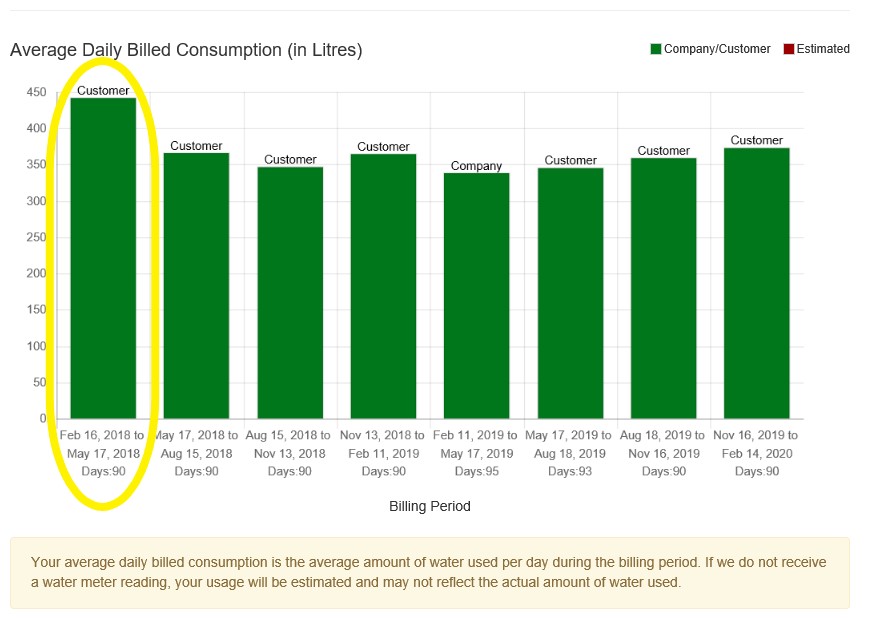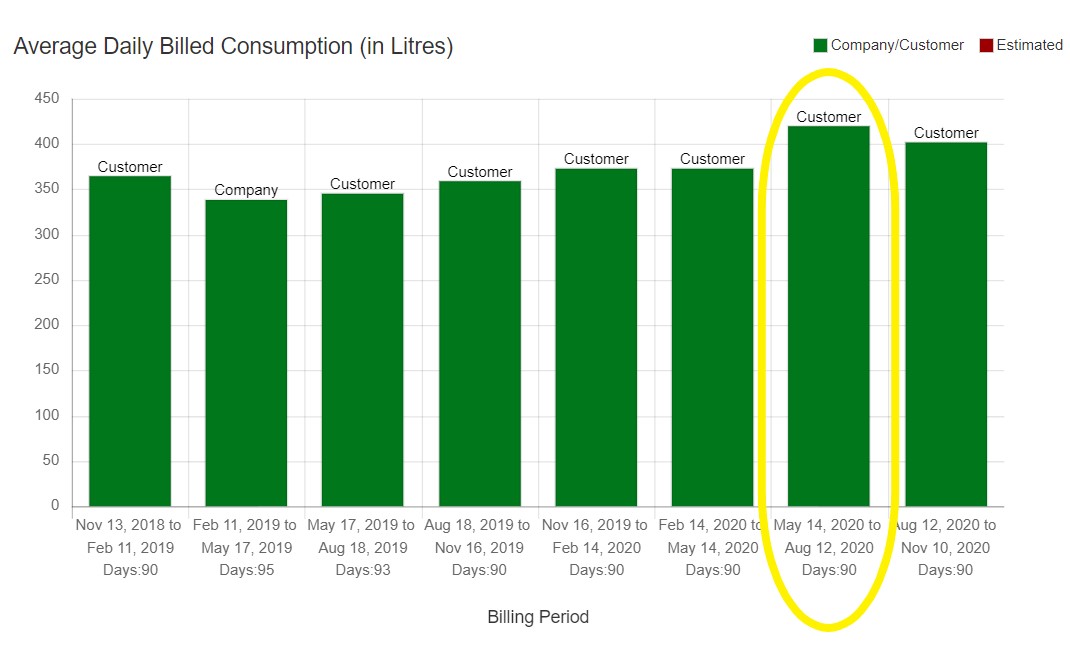Fixing household water leaks can save you water and money
Remember to check for household water leaks regularly
March 17, 2022

No one wants to pay for something they don’t use. That’s why it is important for residents to check for water leaks in their home.
“An average home can waste more than 37,000 litres of water every year due to household water leaks,” said Rob Carroll , Acting Branch Head of Water Planning with the City of Winnipeg.
Even the smallest water leak has the potential of causing a large utility bill. A leak of roughly 1/16 of an inch, about half the size of a pencil eraser, can cost $14 per day. If not fixed within a year, that water leak can cost $5,110.
“While an unaddressed water leak can be a costly problem, typically the fix can be relatively inexpensive,” said Carroll. “It is also easy to check your toilet for leaks.”
Residents can see if their toilet is leaking by:
- Putting a few drops of food colouring into the toilet tank
- Waiting 15 minutes
- Checking if the water in the toilet bowl has changed colour
If the water has changed colour then the toilet is leaking. The most common cause of a leaking toilet is a worn out flapper valve.
Dripping faucets are another common source of water leaks. In some cases, fixing them can be as easy as tightening the taps. Plumbers can also assist in fixing any water leaks.
Since utility bills are sent out every three months, Carroll suggests residents use that as their reminder to check for leaks.
You can also use your water meter to help you check if there are any leaks in your home by seeing if the dial moves when you don’t use any water.

Checking your water meter regularly is an easy way to see if there might be a water leak.
If you are looking to reduce your home’s water consumption, consider replacing appliances and fixtures when they wear out with ones featuring EnergyStar or WaterSense labels.
Homeowners can log into the MyUtility portal to view their consumption history. The average daily billed consumption information can help homeowners with budgeting and with anticipating spikes in water usage throughout the year.
Originally posted on March 18, 2019


